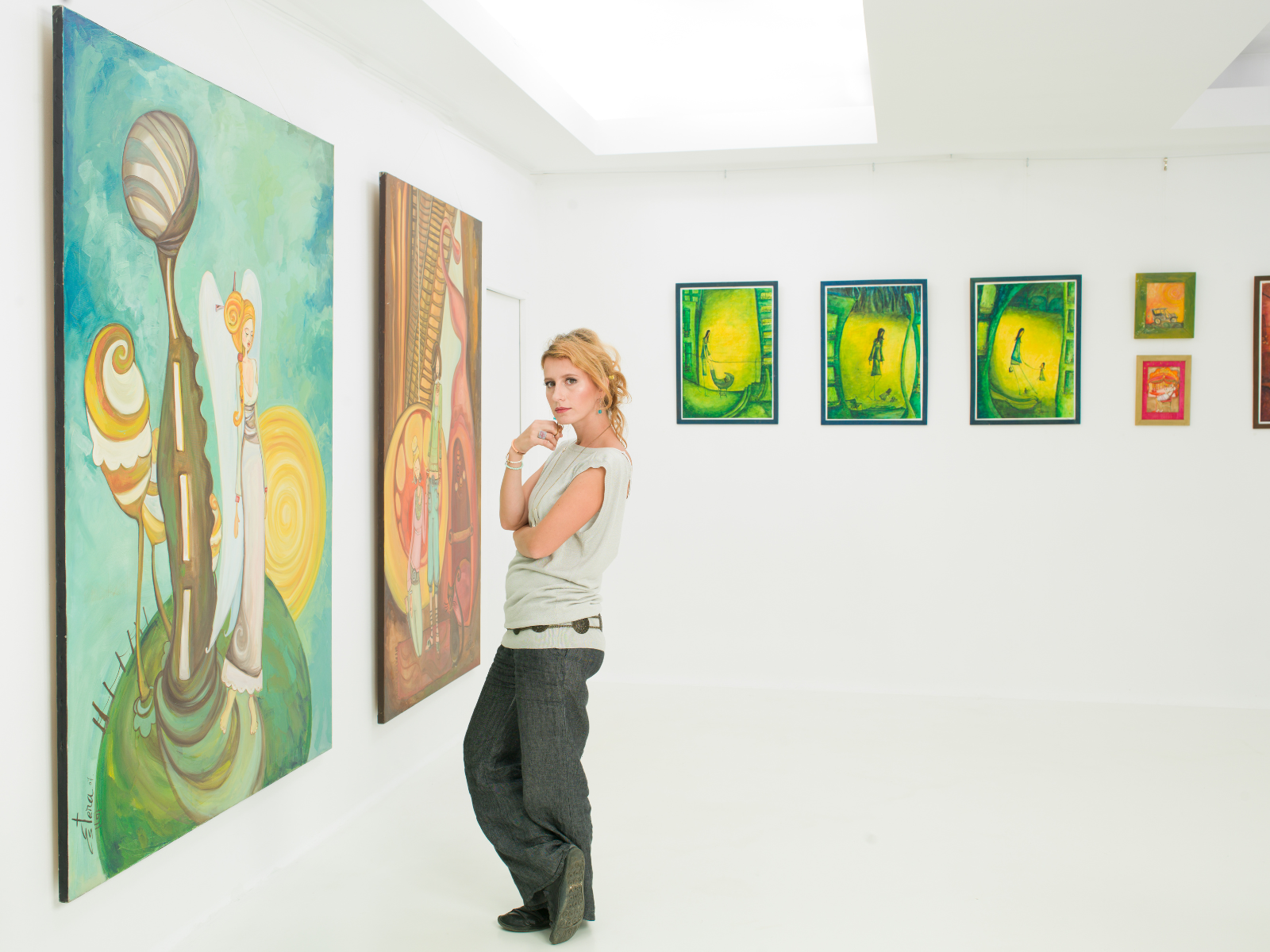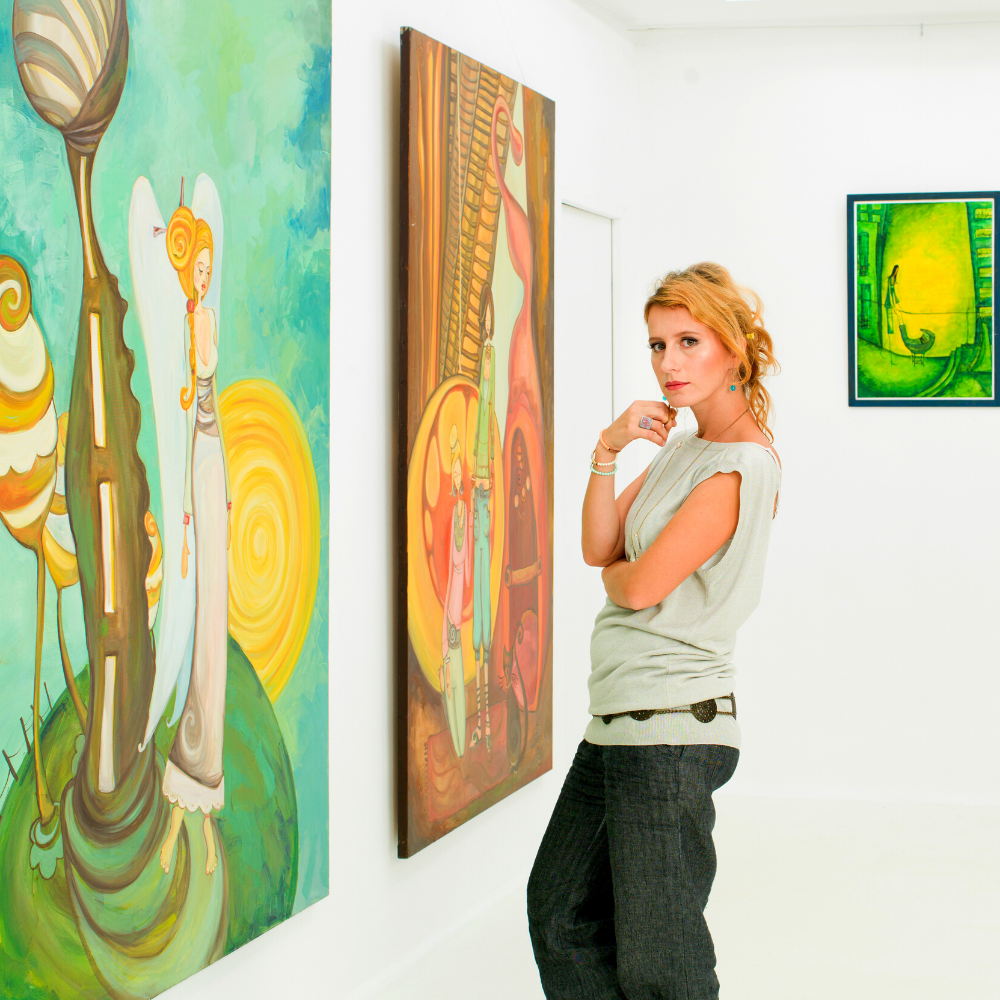Attention creative souls!
Are you tired of aimlessly staring at an artwork, unsure of how to truly appreciate its beauty?
Or perhaps you've been struggling to provide constructive criticism to fellow artists without sounding like an art snob?
Whether you're a seasoned professional or just starting out on your creative journey, we can all agree that analyzing and critiquing art plays a crucial role in our growth and development.
But here's the thing - it's not always easy to put into words what makes a piece of art truly extraordinary or lacking that special "oomph."
Well, fear no more!
It's time to dive deep into the world of art analysis and critique, unraveling the secret techniques that will transform you into a pro art analyzer.
Get ready to enhance your artistic journey like never before, as we explore practical tips, expert advice, and mind-blowing insights.
Whether you're a painter, sculptor, photographer, or any other type of artist, this blog post will equip you with the tools you need to confidently evaluate and discuss art.
By the end of this post, you'll be amazed at the newfound confidence and clarity you'll possess when discussing and critiquing art!
Get ready to dive deep into the world of artistic interpretation and gain the skills to recognize the hidden brilliance or areas for improvement in any artwork that comes your way.
So, put on your creative thinking caps, grab your favorite pen, and prepare to embark on this exhilarating journey together!
Key Takeaways:
- Understanding the process of art analysis and critique is essential for appreciating and evaluating art on a deeper level.
- Formal analysis, visual elements, and historical context play a crucial role in art critique.
- Expressive language and a structured approach are key to conveying a well-rounded critique.



Art Analysis and Criticism
Art is an expression of creativity and imagination that transcends borders, cultures, and ages.
It's a form of storytelling that speaks volumes without uttering a word.
To truly appreciate and understand art, it's essential to analyze and critique it.
But what does it mean to analyze and critique art?
How do you develop a keen eye and ear for it?
Art analysis and critique are fundamental skills for artists, art historians, students, and enthusiasts alike.
It involves breaking down an artwork into its fundamental components, examining its context and techniques, and interpreting its message.
By doing so, one can gain a deeper understanding of the artwork's meaning, symbolism, and aesthetic value.
The Process of Art Analysis
The process of art analysis begins by observing the artwork closely while paying attention to details such as color, composition, and texture.
This is known as formal analysis, which involves carefully examining the visual elements of an artwork.
It's a crucial step in understanding how these elements of art contribute to the overall impact of the artwork.
Another essential aspect of art analysis is understanding its historical context.
Every artwork is a product of its time, influenced by societal issues, cultural movements, and personal experiences.
By exploring the historical context, one can gain a better understanding of the artist's intentions and message behind the artwork.
The Art of Critique
Critiquing art is not about simply stating your opinion but rather providing constructive feedback based on objective analysis.
It involves evaluating an artwork's strengths and weaknesses, discussing its impact, and offering suggestions for improvement.
Expressive language and a structured approach are crucial in conveying thoughtful criticism.
When critiquing, it's important to balance positive remarks with areas for improvement.
Avoid using vague or subjective terms such as "good" or "bad," and instead, use descriptive language backed up by evidence from your analysis.
Additionally, providing suggestions for improvement can help the artist grow and develop their skills further.

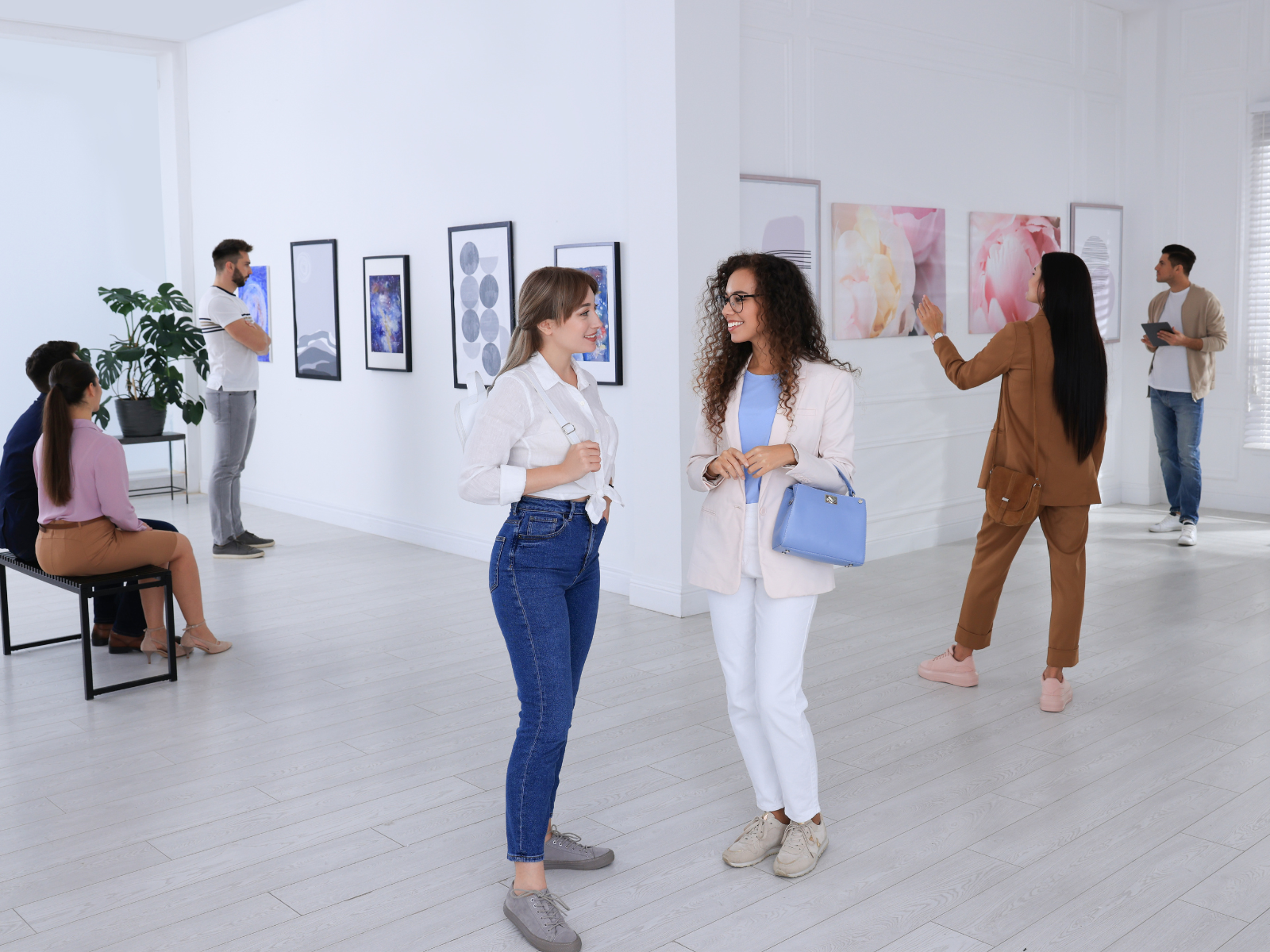
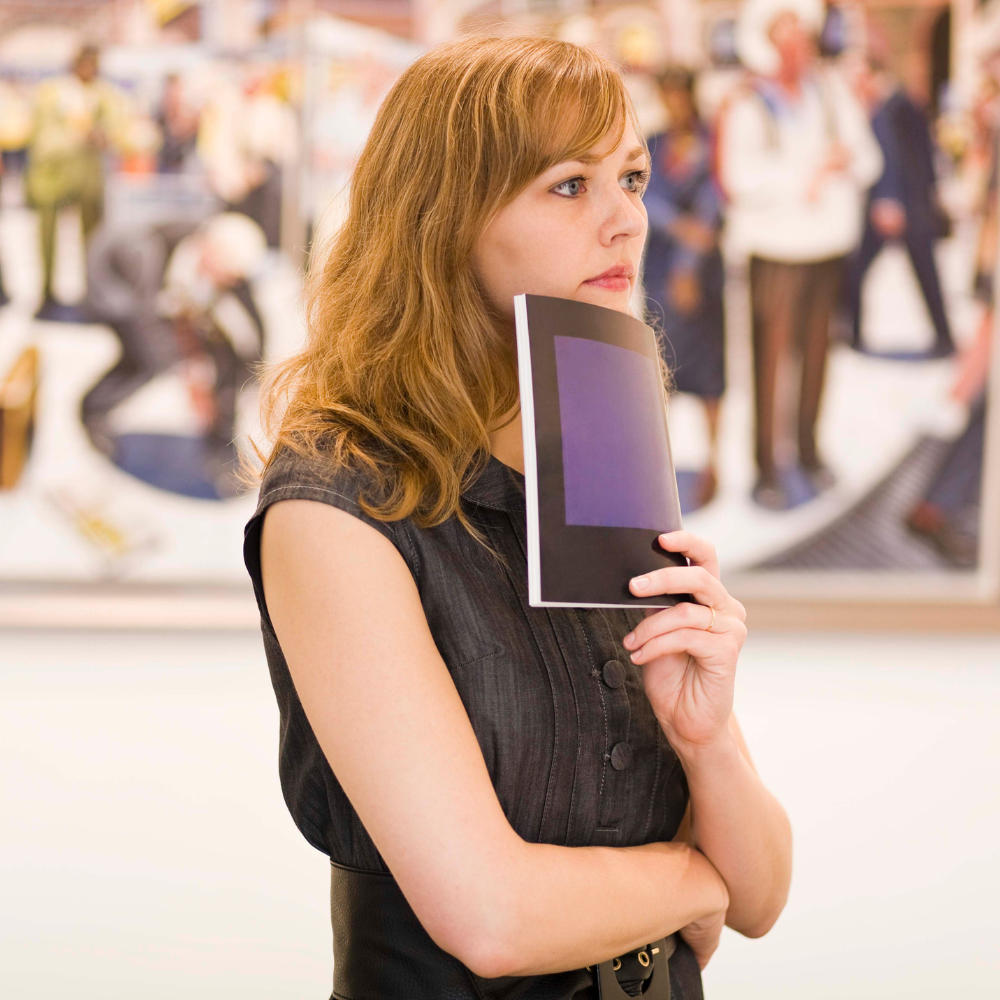
The Importance of Art Analysis
Analyzing art is not just about forming an opinion; it's about understanding the 'why' and 'how' behind an artwork.
It involves a close examination of the formal elements and principles that the artist has used to convey their message.
This process is crucial for anyone looking to gain a better understanding of art and its myriad of expressions.
The Role of Formal Analysis
Formal analysis is the backbone of art critique.
It requires a detailed look at the art elements such as color schemes, texture, and composition.
By dissecting these elements, one can appreciate the technical prowess of the artist and the aesthetic choices that contribute to the overall mood of the work.
The Significance of Subject and Meaning
The subject of an artwork often carries a message or meaning beyond its immediate appearance.
It's important to explore what the artist is trying to say and how the subject matter contributes to the overall interpretation of the piece.
Interpreting Symbolism and Metaphor
Artists frequently use symbols and metaphors to convey deeper meanings.
These can be rooted in personal, cultural, or universal ideas.
Recognizing and interpreting these elements can enrich the understanding of an artwork.
Analyzing Art in Context
Every work of art is a product of its time and environment.
Analyzing art requires a consideration of the historical, cultural, and social context in which it was created.
This can shed light on the influences and messages inherent in the work.
Critiquing with Expressive Language
When writing art critiques, it is important to use expressive language that accurately describes the visual and emotional experience of the artwork.
This helps convey a more vivid and impactful critique.
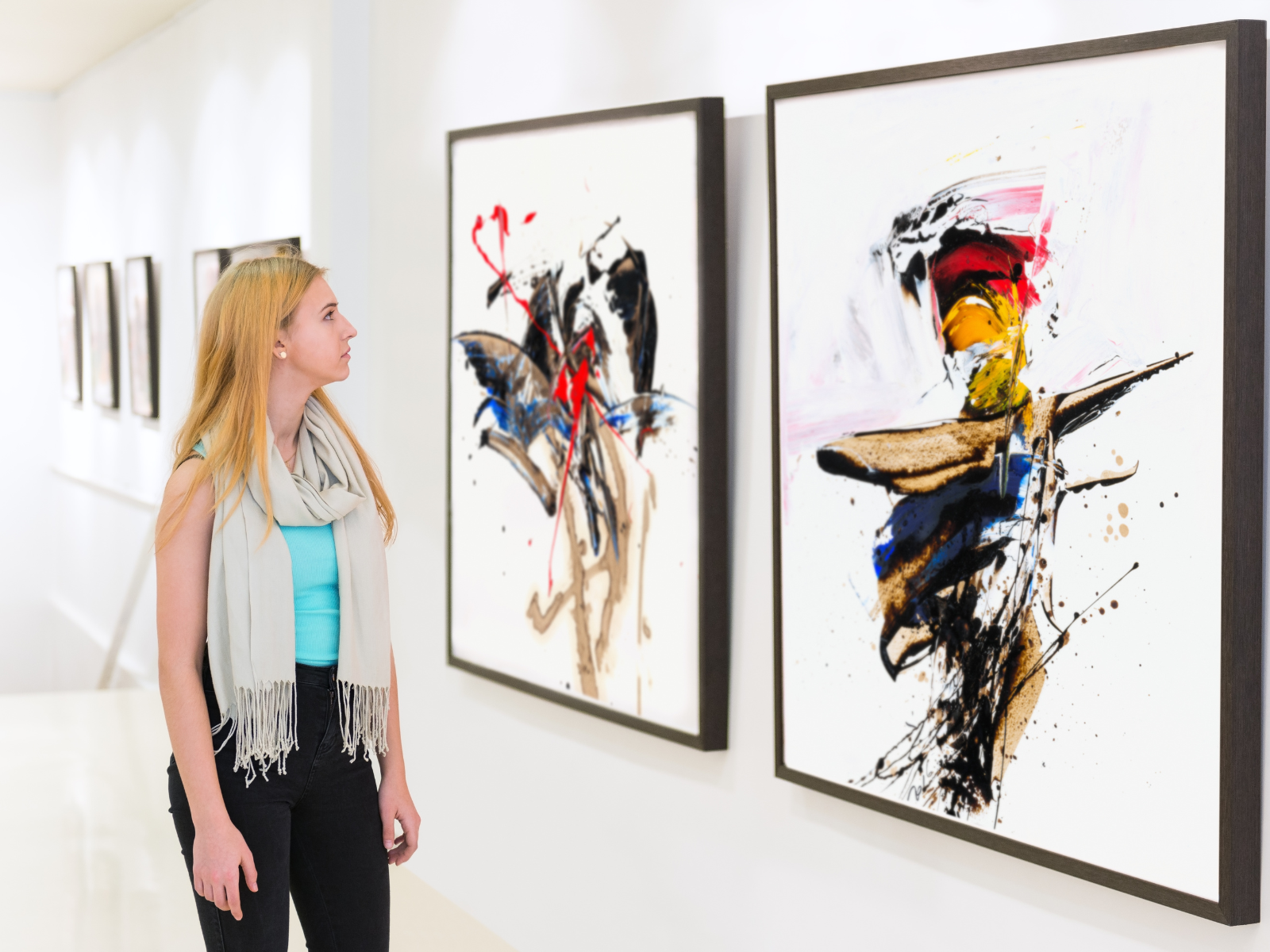


Comparing and Contrasting Similar Works
Analyzing art often involves comparing and contrasting it with similar works by the same artist or other artists.
This can highlight unique features and techniques, providing a broader perspective on the artwork's place within a larger artistic context.
The Educational Value of Art Critiques
For students and educators, art critiques play an important role in the learning process.
They encourage critical thinking and a deeper engagement with art, helping students to develop their own work and critique skills.
Practical Examples: Case Studies in Art Critique
Examining specific case studies of art critiques can provide practical examples of how to analyze and critique art.
These real-world examples can serve as a short guide for those new to the practice.
Techniques for Writing Effective Art Critiques
Writing effective art critiques involves a structured approach that balances description, analysis, and interpretation.
It's important to write clearly and concisely, focusing on the most significant aspects of the artwork.
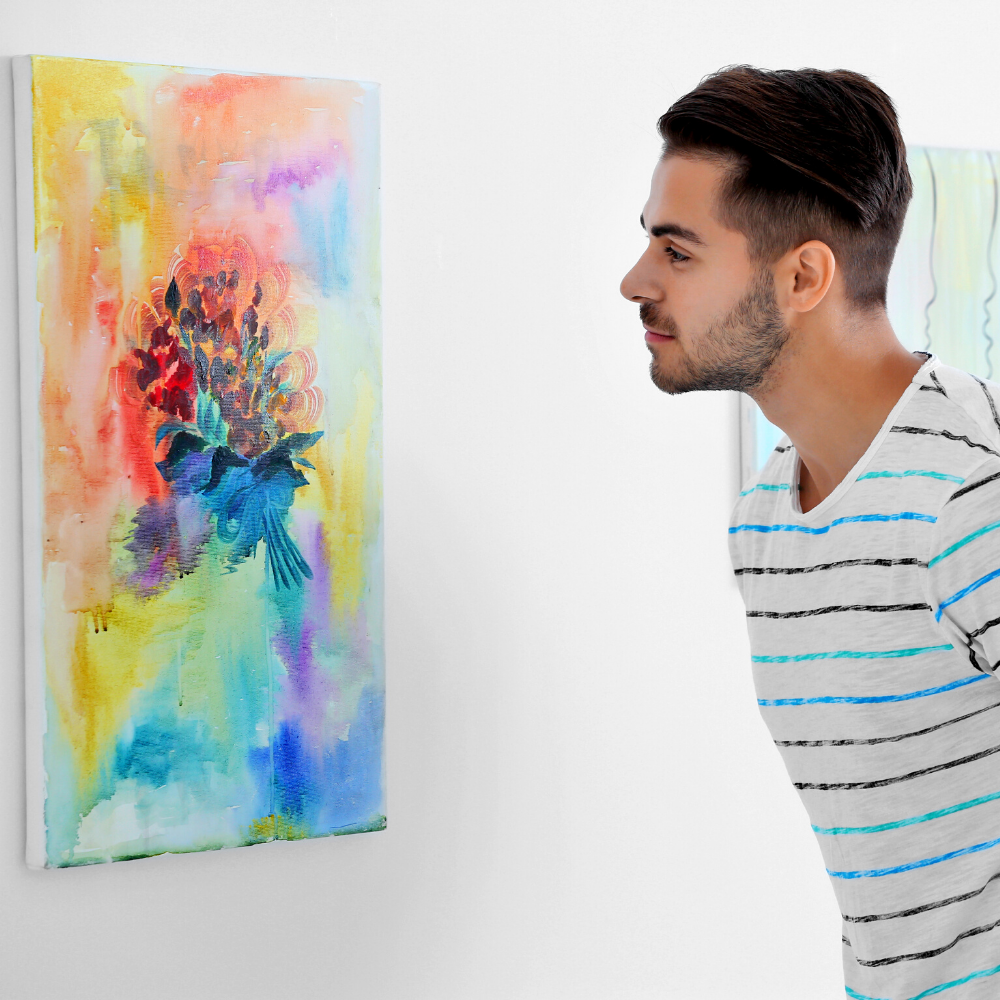


Understanding Visual Elements
Visual elements are the building blocks of art.
When analyzing art, it is important to focus on how elements like line, shape, and space are utilized.
For instance, leading lines and implied lines can guide the viewer's eye, while the use of warm light or complementary colors can create a calming effect or evoke specific emotions.
The Expressive Use of Color and Light
Color theory and light play an important role in setting the tone of an artwork.
Artists create mood and atmosphere through their choice of color schemes.
Whether it's the serene blues of a Monet or the vibrant reds in a piece by Rothko, understanding the use of color is key to analyzing art.
Deciphering Composition and Space
Composition refers to how the elements of the work are arranged.
It can lead to a sense of harmony or tension within the piece.
Similarly, the use of space, whether it's the illusion of three-dimensional work on a flat canvas or the actual use of space in installations, is an important aspect to consider when critiquing art.
The Impact of Texture and Technique
Texture can be both visual and tactile, adding depth and interest to an artwork.
Techniques employed by the artist, such as brushwork in paintings or the chiseling in sculptures, also deserve attention as they contribute significantly to the final piece.
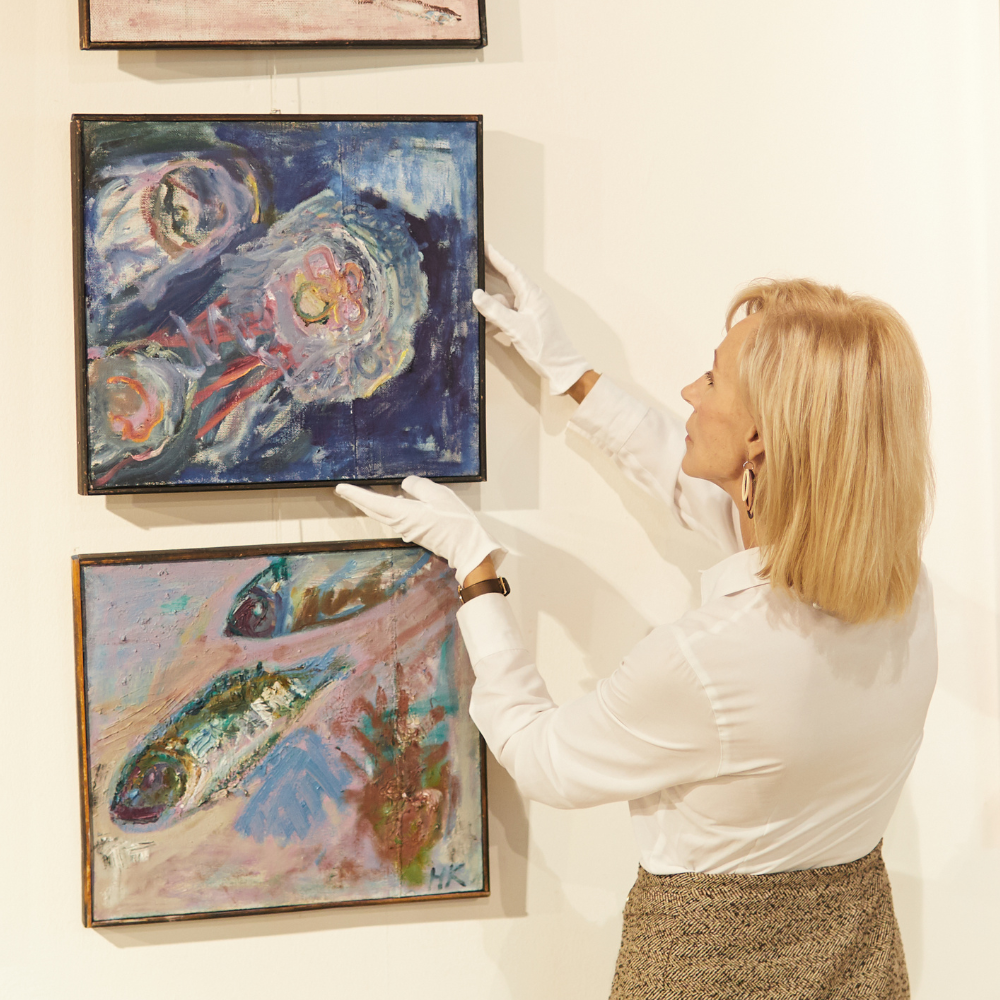
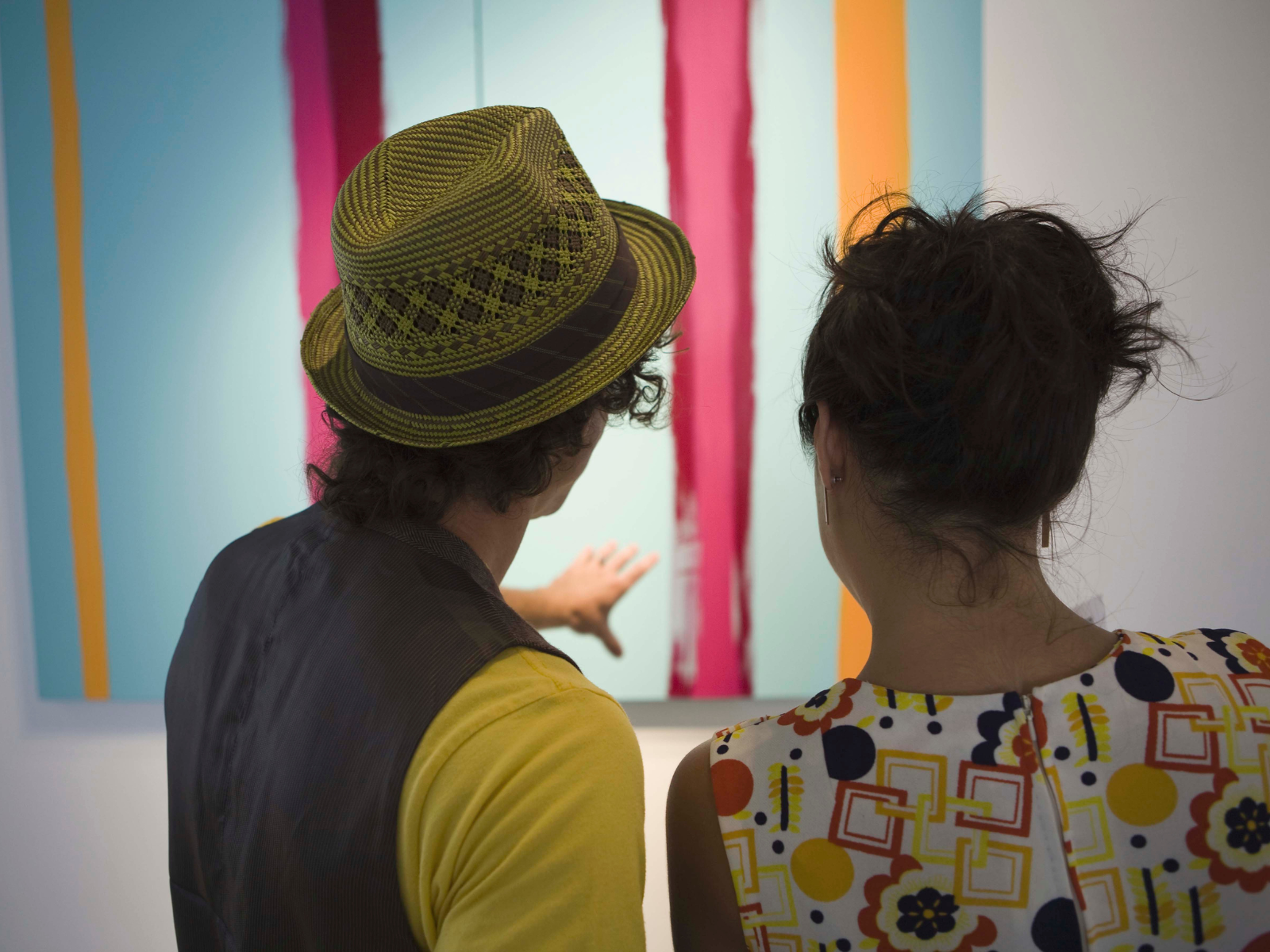

Incorporating Art History
Art does not exist in a vacuum.
It is influenced by major events, other artists, and movements.
A knowledge of art history can provide context to the work, helping to understand the artist's statement and the world they were responding to.
Exploring the Artist's Intent
An artist's statement can offer insight into what the artist wanted to communicate.
This preliminary handbook to their thoughts can be invaluable when analyzing and critiquing their work, as it provides a direct line to the artist's ideas and intentions.
The Dynamics of Perspective in Art Analysis
When analyzing art, especially paintings and drawings, the concept of perspective plays a crucial role.
Atmospheric perspective and linear perspective are two techniques artists use to create the illusion of depth on a two-dimensional surface.
Atmospheric perspective involves the use of color and clarity to suggest distance, with objects appearing fuzzier and bluer as they recede into the background.
This technique can be observed in landscape paintings where the contrast between the foreground and the distant elements helps to create a sense of space.
Linear perspective, on the other hand, employs lines and vanishing points to direct the viewer's eye into the depth of the artwork.
It is a mathematical system that artists like Leonardo da Vinci used to simulate three-dimensional space on a flat surface.
When you analyze art that contains architectural elements or geometric forms, look for converging lines that meet at a point on the horizon.
This technique helps to describe the volume and positioning of shapes and objects within the space, providing more detail and realism to the art work.



The Significance of the Artist's Statement
The artist's statement serves as a vital key to unlocking the deeper layers of meaning within a piece of art.
It is a personal narrative that provides insight into the artist's intentions, inspirations, and the conceptual framework of their work.
When analyzing art, the statement can be a crucial tool for critics and viewers alike, offering a direct line of communication from the creator.
This narrative can guide the interpretation of visual elements, contextualize the artwork within a broader cultural or personal landscape, and reveal the emotional or intellectual impetus behind the creation.
In practical terms, the artist's statement can be particularly illuminating when examining abstract, conceptual, or three-dimensional work.
These forms of art often eschew straightforward representation, making the artist's own words a valuable resource for understanding the choices made in terms of form, materials, and presentation.
For instance, a sculptor's statement might explain the significance of the chosen medium, the intended interaction with the surrounding space, or the thematic connections to other works.
By considering the artist's statement, critics and enthusiasts can approach the work with a more informed and empathetic perspective.
The Interpretation of Artist's Statements
When analyzing art, the artist's statement serves as a crucial key to unlocking the deeper layers of meaning within a piece.
This narrative, often penned by the creators themselves, provides insight into their intentions, inspirations, and the context surrounding the artwork's creation.
By carefully examining an artist's statement, critics and viewers alike can gain a more profound understanding of the work, allowing for a more nuanced critique.
It's essential to approach these statements not just as explanatory text, but as a piece of the artwork's overall puzzle, adding depth and dimension to the interpretation.
Furthermore, artist's statements can vary significantly in style and content, ranging from poetic and abstract to straightforward and informative.
They can challenge the viewer's perceptions and encourage a deeper engagement with the artwork.
When critiquing three-dimensional work, for instance, the artist's statement can be particularly valuable, as it may elucidate choices in materials, scale, and spatial considerations that might not be immediately apparent.
This narrative becomes a bridge between the viewer and the artist, fostering a more empathetic and informed critique.
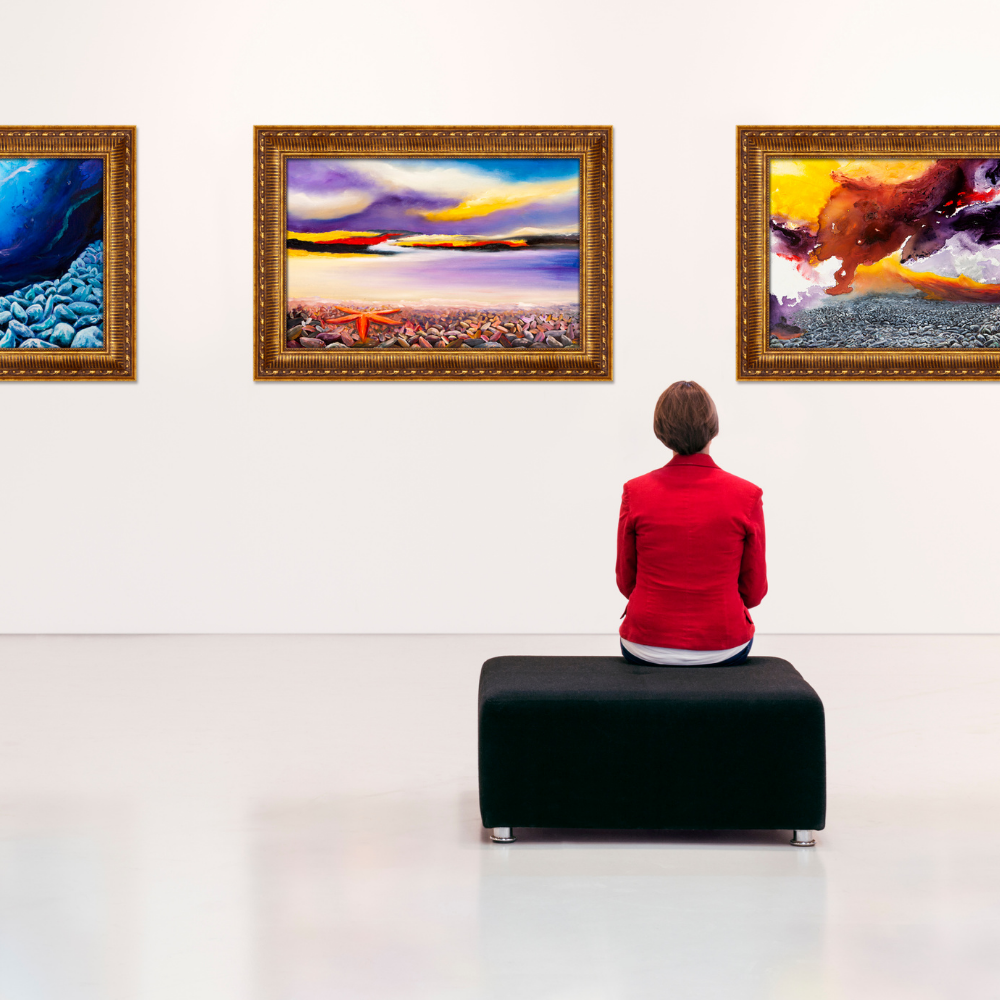


The Psychological Interpretation of Art
Art analysis often delves into the psychological aspects that an artist's statement may reveal.
By examining the subconscious elements present in a piece, critics can offer a deeper understanding of the artist's mental and emotional state during the creation process.
This psychological interpretation can be particularly insightful when analyzing abstract or surrealist works, where the connection between the artist's psyche and the artwork is more pronounced.
The use of color, form, and space can be indicative of the artist's inner world, providing a unique perspective on their emotional landscape.
In the case of three-dimensional work, the psychological approach can be even more complex.
The physical interaction with space and the viewer's movement around the piece can evoke different emotional responses, which are integral to the overall interpretation.
For instance, a sculpture that appears serene from one angle may reveal a more tumultuous aspect from another, mirroring the multifaceted nature of human psychology.
Critics must consider these dynamic interactions when formulating their analyses, as they contribute significantly to the narrative and emotional resonance of the artwork.
The Evolution of Art Critique in the Digital Age
The digital age has transformed the way art is critiqued, with online platforms providing a new arena for analysis and discussion.
Digital galleries and virtual exhibitions have made three-dimensional works more accessible, allowing for a broader audience to engage with art that was once limited to physical spaces.
Critics are now tasked with interpreting these digital representations and considering how the virtual experience alters the perception of the artwork.
The artist's statement plays a crucial role in this context, as it can guide the audience through the intended experience, even when the work is encountered on a screen rather than in person.
Furthermore, the digital medium offers new tools for critics to dissect and present their critiques.
Interactive features, such as zooming in on fine details or viewing a sculpture from multiple angles, enhance the analytical process.
Critics can now share their insights through multimedia formats, including video essays and podcasts, which can bring their interpretations to life.
This evolution in art critique not only broadens the reach of art analysis but also invites a more diverse range of voices to participate in the conversation, enriching the discourse around both traditional and three-dimensional works.



Process of Critiquing Three-Dimensional Works
Critiquing three-dimensional work presents a unique set of challenges and considerations that differ markedly from two-dimensional art forms; the approach differs significantly from analyzing a painting or drawing.
The physical presence of sculptures or installations requires the critic to engage with the artwork from multiple angles and in relation to the surrounding space.
The critique must account for the viewer's movement around the piece, the interplay of light and shadow, and the tactile qualities that invite a sensory response beyond the purely visual.
These spatial dynamics contribute to the overall impact of the work and must be thoroughly explored to provide a comprehensive critique.
In addition to spatial dynamics, the materiality of three-dimensional work is a critical aspect of critique.
The choice of materials—be it bronze, wood, plastic, or found objects—carries with it connotations and associations that influence the viewer's interpretation.
The texture, weight, and durability of these materials interact with the subject matter and concept of the piece, often reflecting broader themes such as environmental concerns, historical context, or personal narratives.
A well-rounded critique will delve into how these material choices enhance or contrast with the artist's statement, creating a layered understanding of the work's significance.
Unique Challenges of Critiquing Three-Dimensional Works
Critiquing three-dimensional works presents a distinct set of challenges that differ from the analysis of two-dimensional art forms.
The spatial dynamics of sculptures, installations, or other three-dimensional pieces require the critic to engage with the artwork from multiple viewpoints, considering how it occupies and transforms space.
The physical presence of these works often invites a tactile response, and the critique must address the sensory impact as well as the visual experience.
The interplay of light and shadow, the movement around and through the piece, and the scale in relation to the human body are all critical factors in the analysis.
Moreover, three-dimensional works often incorporate a variety of materials, each with its own texture, weight, and connotations.
A critic must be adept at interpreting how these material choices communicate meaning and affect the viewer's perception.
For example, a sculpture crafted from reclaimed wood carries different implications than one cast in bronze.
The former may speak to themes of sustainability and history, while the latter might evoke durability and tradition.
A thorough critique of three-dimensional art must delve into these nuances, offering a comprehensive examination of the work's physical and conceptual dimensions.
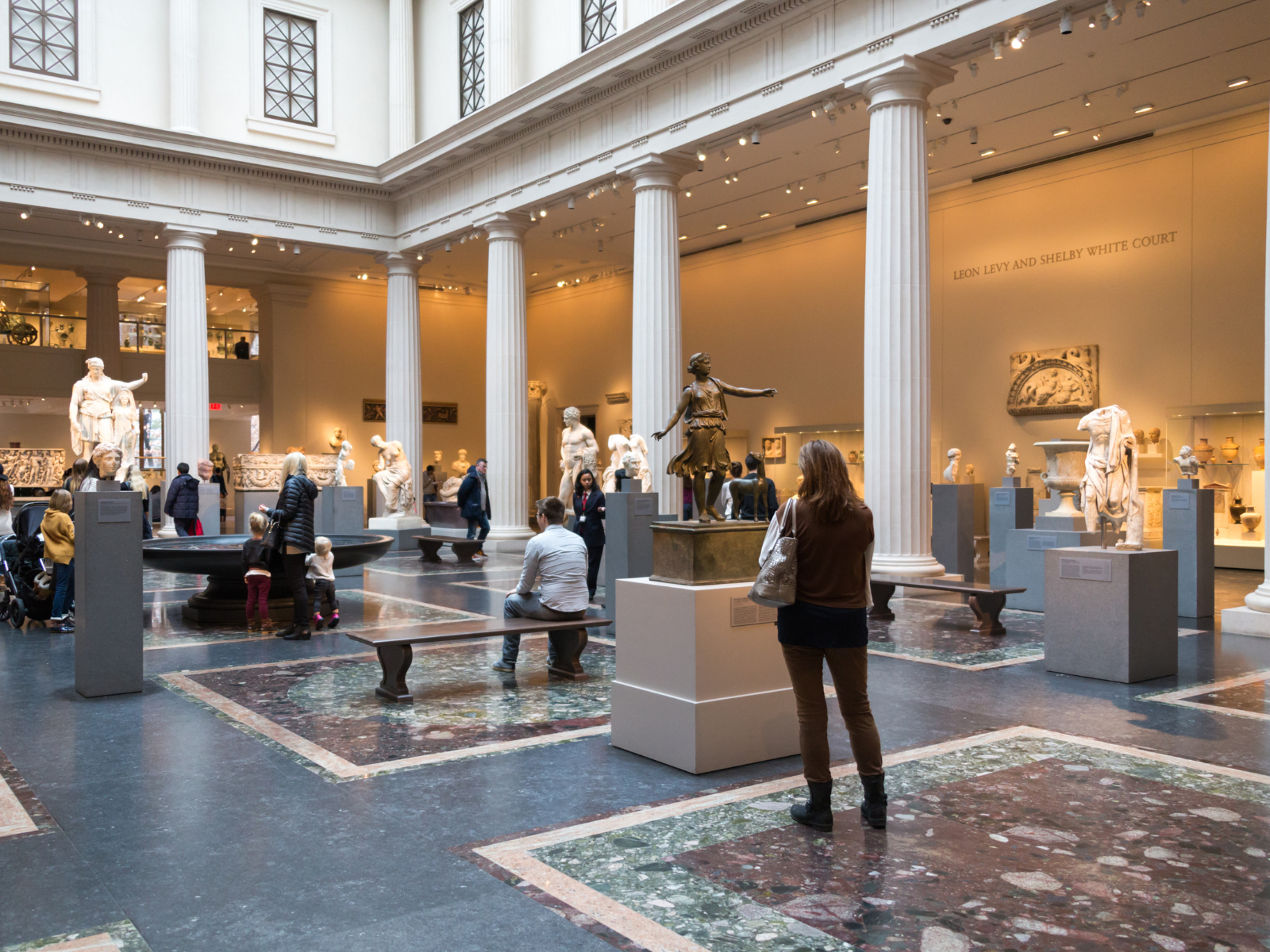
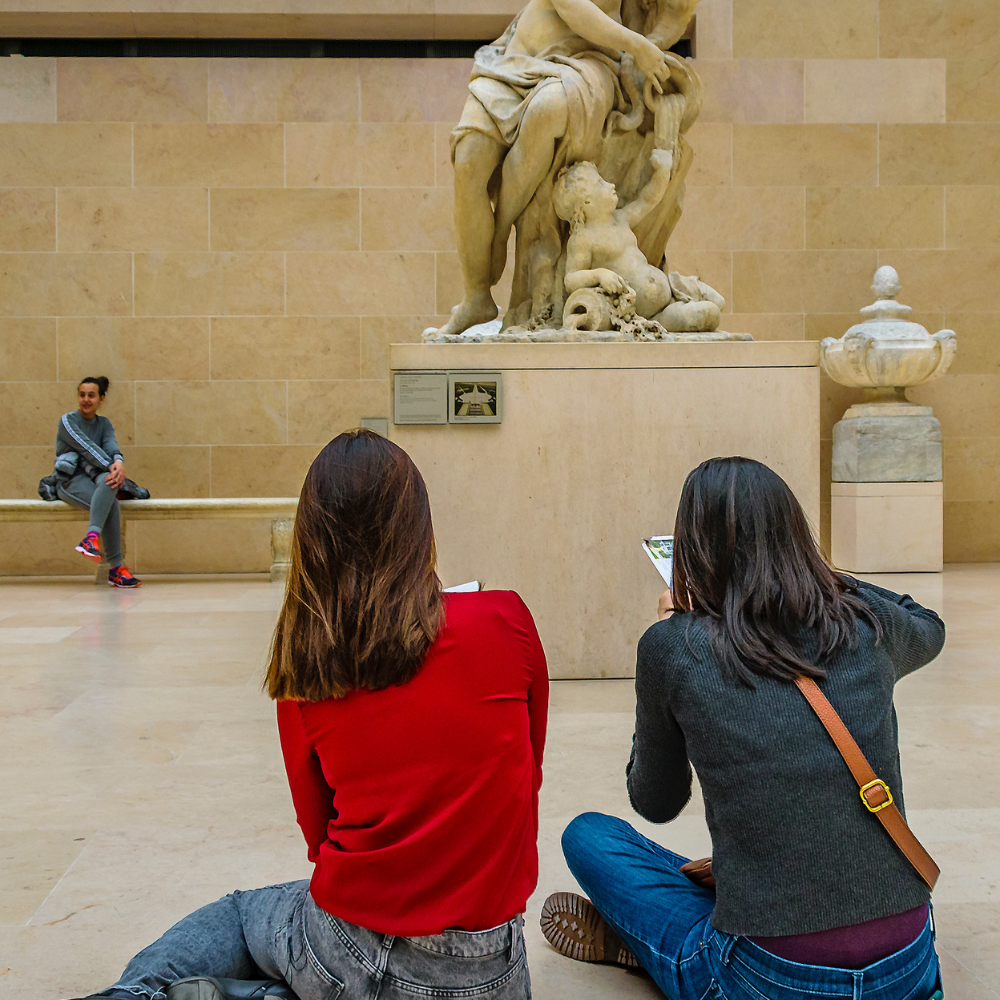

Comparative Analysis Across Different Mediums
Comparative analysis is a powerful tool in art critique, especially when examining an artist's body of work that spans various mediums.
By comparing a painting to a drawing by the same artist, one can discern the nuances in technique and expression that each medium affords.
Paintings often provide a richness of color and texture that drawings may not, while drawings can offer a rawness and immediacy that is sometimes diluted in the layered process of painting.
The artist's statement can serve as a guide, revealing their intentions and how they adapt their message to the constraints and possibilities of each medium.
In comparing other artworks, whether by the same artist or different creators, one can uncover thematic continuities and divergences.
This exercise not only deepens the understanding of individual works but also places them within a broader artistic conversation.
It highlights how artists influence each other and how certain themes or techniques evolve over time.
When critiquing, it's essential to recognize these connections and contrasts, as they enrich the narrative of the art and contribute to a more comprehensive critique.
The Enduring Relevance of Art Critique
Analyzing and critiquing art is a multifaceted process that involves a deep dive into the formal elements, visual analysis, and historical context of an artwork.
By employing expressive language and a structured approach, one can provide a critique that is both informative and insightful.
Understanding the artist's intent, the significance of the subject, and the use of symbolism are all key to developing a well-rounded analysis.
Comparing artworks and considering their educational value further enriches the critique process.
Analyzing and critiquing art is a skill that can be developed through practice, observation, and knowledge.
By understanding the process of art analysis and using effective critique techniques, you can confidently appreciate, discuss, and evaluate any artwork that comes your way.
Remember to always approach each piece with an open mind and a willingness to discover the deeper layers of its meaning and significance; art is subjective, and opinions will differ, but it's the process of analyzing and critiquing art that leads to a deeper understanding and appreciation of the artwork.
So, go forth, be creative, and analyze and critique away!


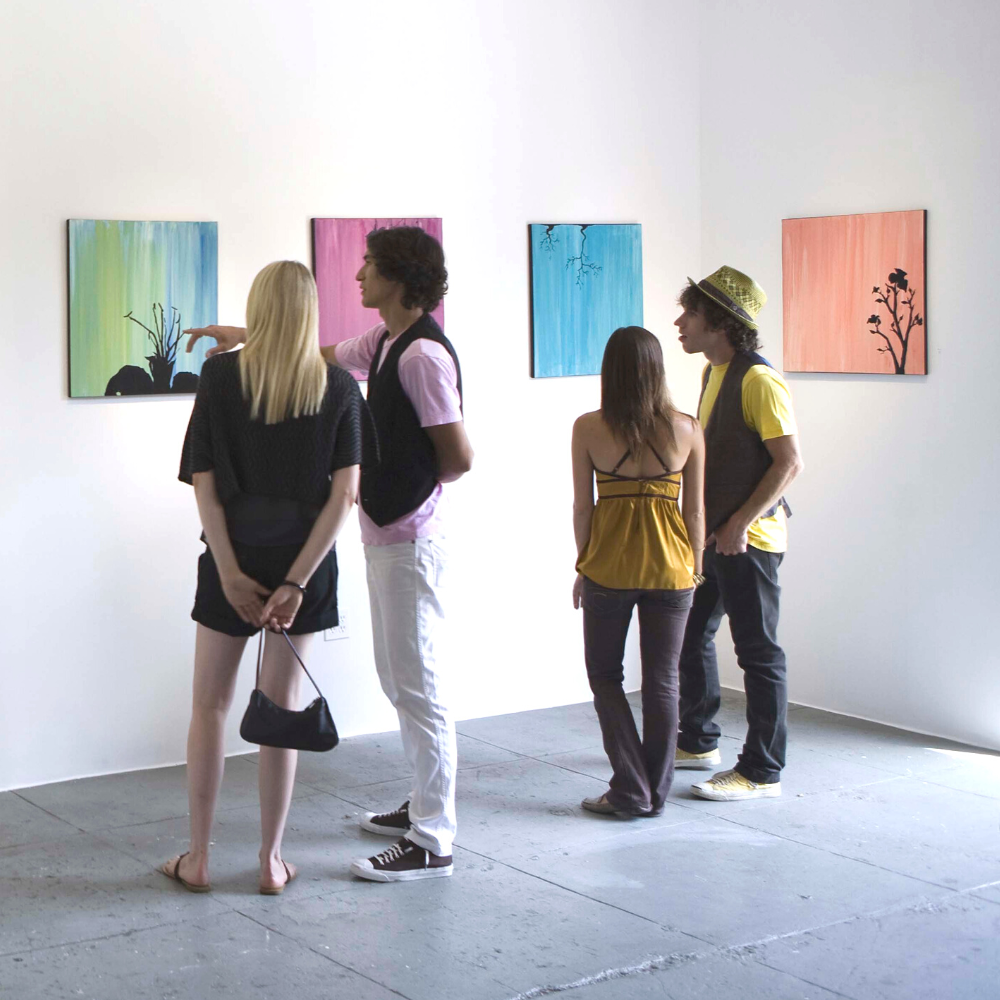
Art Analysis FAQs
Art analysis and criticism can be complex, and it's natural to have questions about the process.
If you still have questions about analyzing and critiquing art, here are some answers to frequently asked questions.
What is the first step in analyzing an artwork?
The first step is to perform a formal analysis, examining the formal elements such as line, shape, color, texture, and composition. This helps to understand the technical aspects of the work before delving into its deeper meanings.
How important is knowledge of art history in critiquing art?
Knowledge of art history is very important as it provides context for the artwork. Understanding the time period, cultural influences, and the artist's background can greatly enhance the analysis and critique of the work.
Can you critique art without knowing the artist's intention?
Yes, you can critique art without knowing the artist's intention, focusing on the visual elements, composition, and your own interpretation. However, if available, the artist's statement can add valuable insight into the intended meaning of the work.
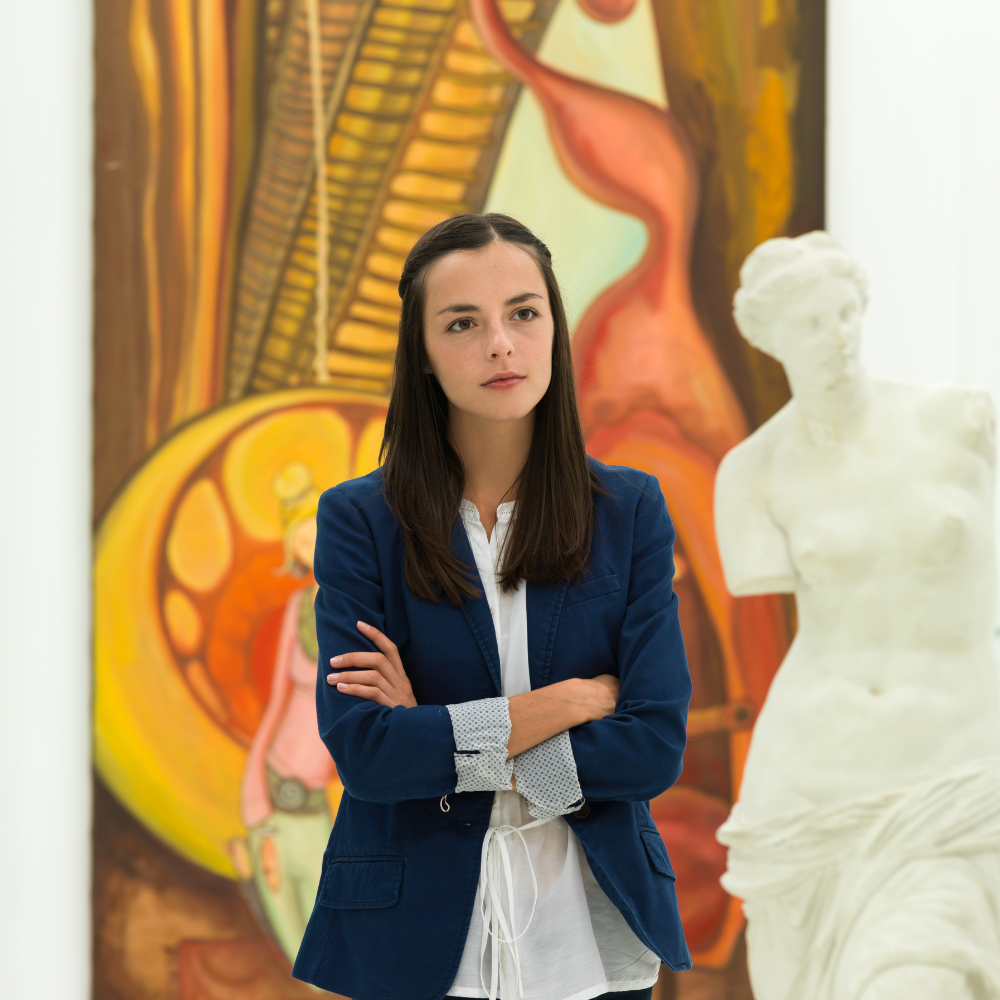

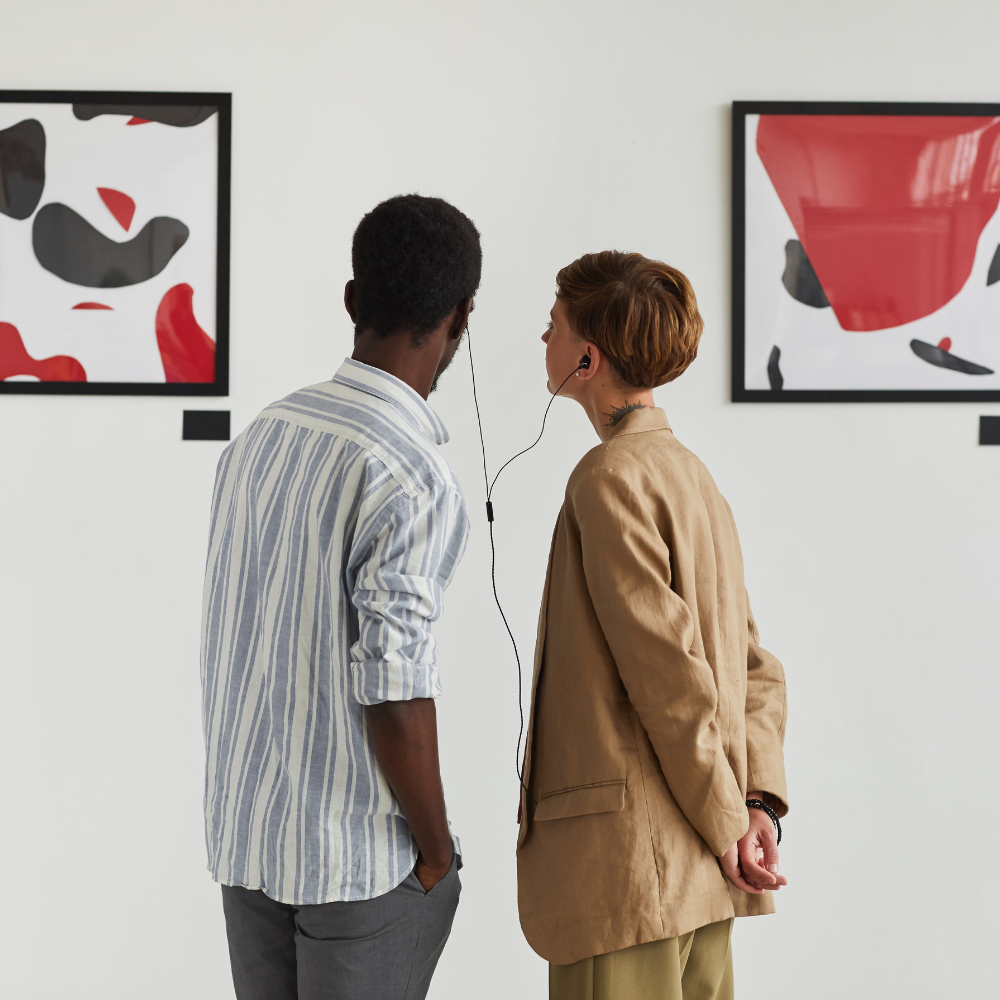
Ready to explore what artwork can mean? Check out TED-Ed's video!
Want even more content about creativity and art?
Be sure to check out all of our creative chronicles!
Eager to explore art, creativity, and critiquing?
Check out some of our other articles:
-What are the four steps in critiquing artwork?
-What questions can you ask while evaluating art?
-How do you evaluate a piece of art?

